What is Current?
Previously, we have learned about voltage, resistance, and their importance in electronics. Now it is time to look at current; one of the most fundamental concepts in circuits. Current is the flow of electricity whether it be from electron movement (circuits) or ion movement (in electrolytes) but to keep things simple, we will only be considering electron flow found in circuits.
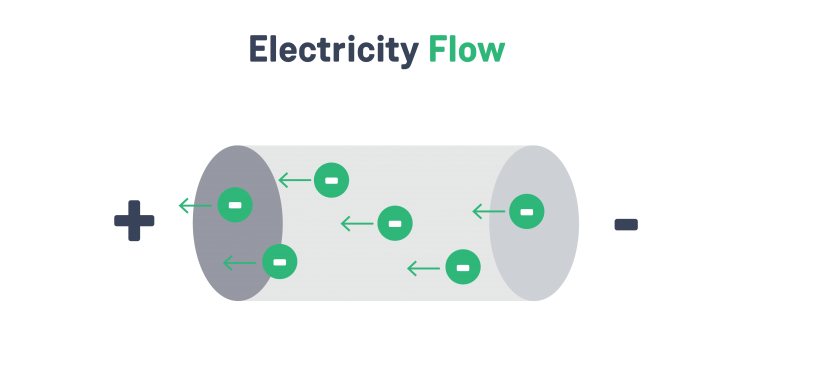
Electrons move incredibly slowly around electrical circuits with average speeds of electron flow being 0.25mm per second. What makes electricity “fast” is the speed at which the electric fields interact with the electrons and the speed at which these fields travel down wires. For example, as soon as an electrical circuit is completed, the force that pulls on the electrons in the circuit is near-instant, and all the electrons move around roughly the same time. As one electron leaves the battery from the negative terminal, another one enters the positive terminal on the other side of the circuit; thus the current flow can be considered instant.
When looking at circuits, there are two types of flow that demonstrate the flow of electricity; conventional current and electron flow. The two move in opposite directions with conventional flow moving from positive to negative while electron flow, being negative charges, move from negative to positive. While electron flow can be considered more “scientific”, it can be very confusing when using complex components such as logic gates and transistors.
An analogy to current flow in plumbing terms would be the amount of water flows through a pipe per second. A small pipe can only have so much water flowing through it when compared to a large pipe thus the current in the large pipe is greater than that of the small pipe.
Current Information
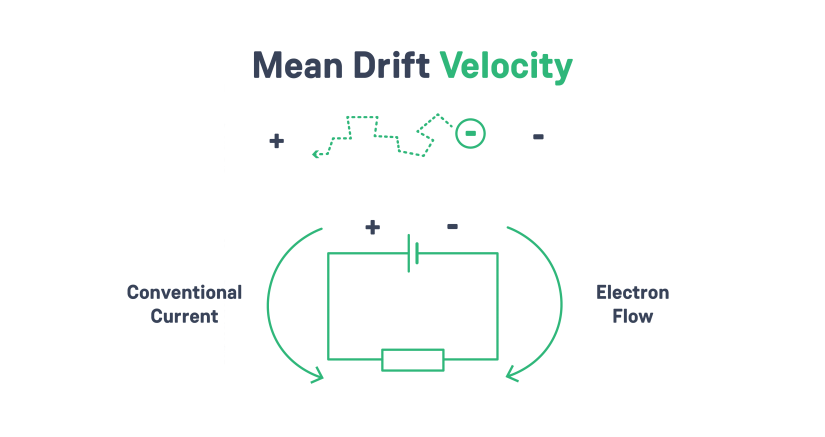
Current is named after Andre-Marie Ampere who was considered to be the father of electrodynamics having demonstrated the effects of parallel wires and the forces exerted on each depending on the current they carried. Current is measured in amps, and while multiple definitions exist, the amp is defined as when one coulomb of charge flows for one second. The old definition for amp related to the force experienced on two wires placed apart by a specific distance.
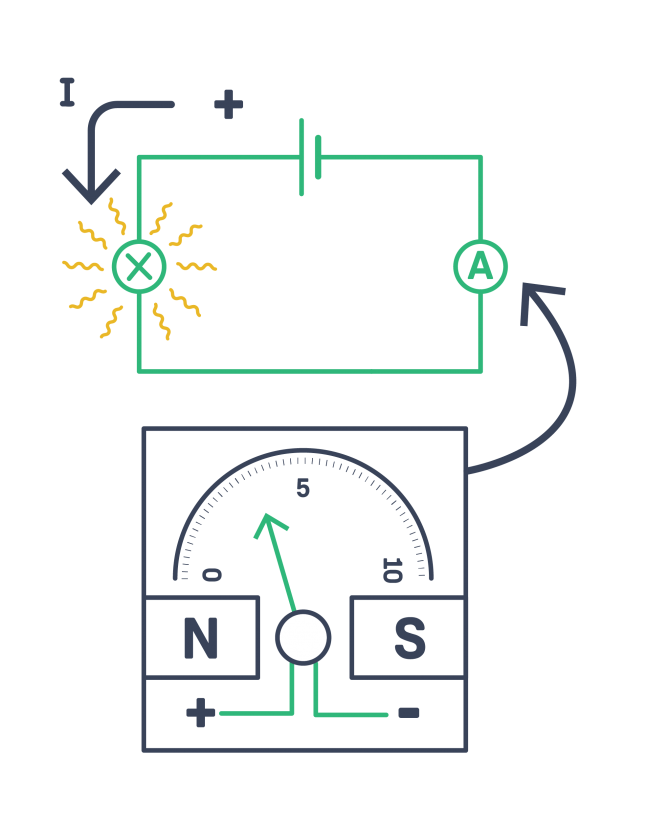
Measuring current is done using an ammeter, and many types exist, but all fall into one of two categories; analogue and digital. Analogue meters use a coil that deflects upon a current flowing through it, and the amount of deflection is proportional to the current flowing through it. The digital version instead uses a resistor to convert the current into a small voltage which is then converted into a digital number.
Ohm's Law - V = IR
Out of all equations in electronics, the most used, and arguably important, is V = IR. This formula shows how voltage, current, and resistance are all related to each other. However, while this formula is correct, it is not correctly written as the original equation states
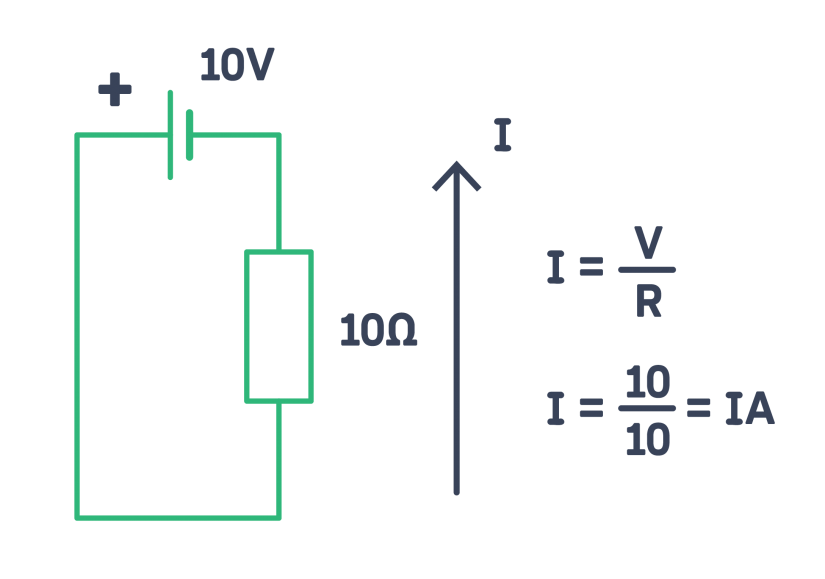
This is very important to understand as it tells us something about current that makes it different to voltage and resistance; current is the result of a voltage and resistance. Voltage and resistance are characteristics are properties of an object, whereas current is created.
Current Properties
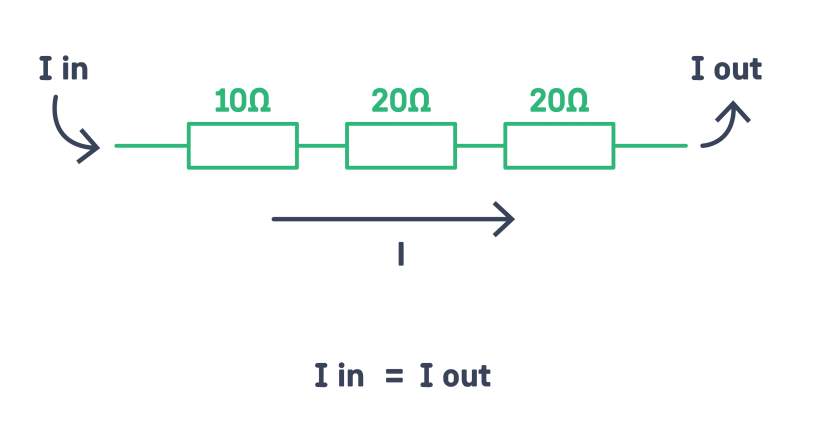
Current follows a set of rules, just like voltage and resistance, depending on parallel and series circuits. Since current flows through components, the current through a series circuit is always the same everywhere. Thus, if 1A of current leaves a batteries positive terminal then 1A of current must flow back into the negative terminal.
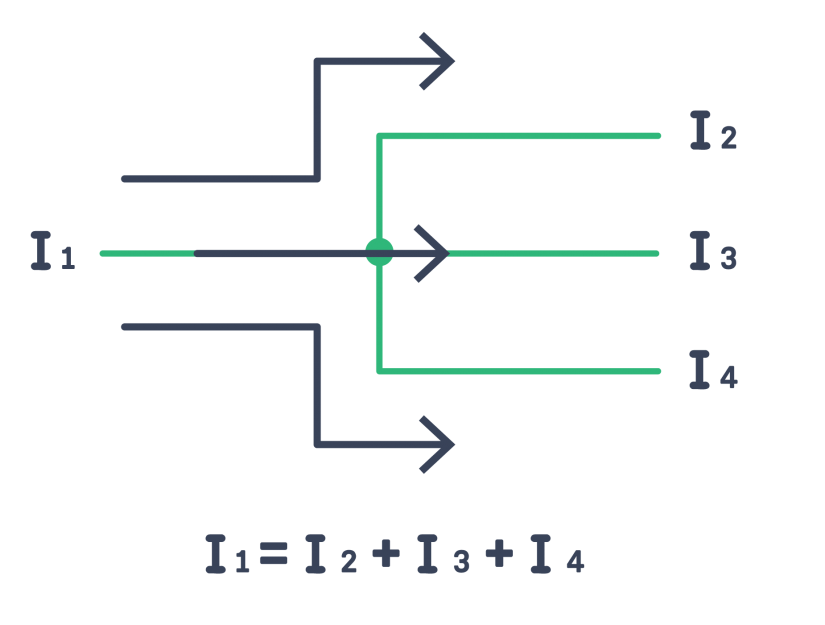
In parallel, current will split up proportionally depending on the resistance of each path. It is a common myth that current always takes the path of least resistance. Instead, current takes ALL paths, but the size of the current in each path will be determined by the overall resistance. This leads us to the parallel current rule, which states that the sum of the currents entering a node is equal to the sum of the currents leaving that same node. For example, if 3A of current goes into a three-way resistor network then the sum of the currents of each resistor network would be 3A.
Constant Current Source
While power supplies can be thought of as a constant voltage supply, a constant current supply is one that will always provide the same current output. These are particularly useful in situations that involve battery charging circuits that require a controlled current flow. They are also useful in applications that require a constant flow of current to control energy output such as a laser driver. But how does a constant current source produce a constant current? If current is the result of a voltage and resistance and not a property, then how can a device do such a task?
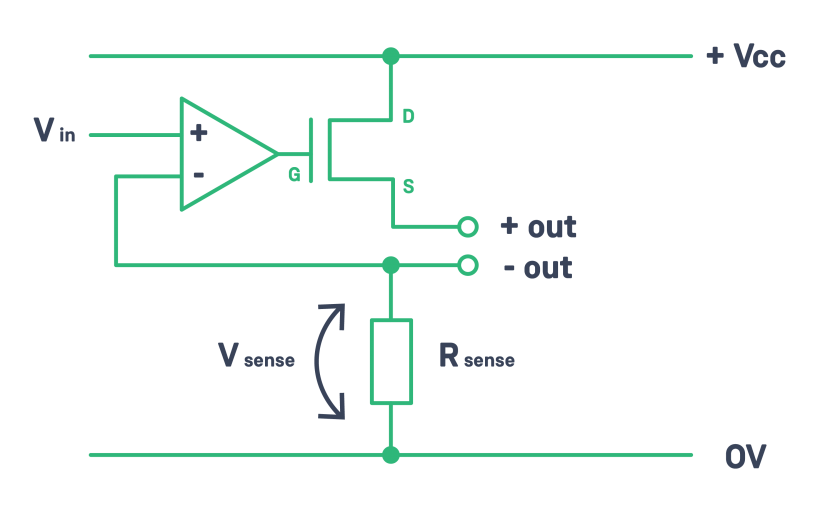
The answer is adjustable voltage! A special circuit arrangement consisting of an op-amp, output transistor, and sense resistor can actively adjust the output voltage until the current flowing out of the current source is the value which it has been sent to. The current that flows out of the constant current source comes back and passes through a sense resistor. The voltage across the sensor resistor will be proportional to the current flowing through it, and this voltage is compared to a reference voltage. The amplifier will adjust its output, which in turn adjusts the amount of current that the output transistor will conduct until the voltage produced across the sense resistor is the same as the voltage being compared to.
What is Current - Current Explained
Current is not a property but a result of physical properties such as voltage and resistance. Current will always be the same along a piece of wire, and will split up to take ALL paths. The size of the current going through each path will be dependent on the path’s resistance, and remember that a constant current source is nothing more than a dynamic voltage supply that attempts to adjust the voltage until the current flowing out of it is the same as the desired current setting.






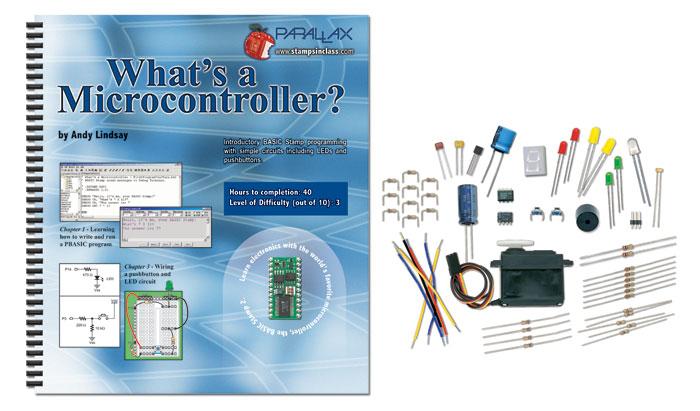
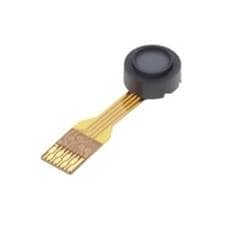
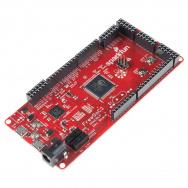
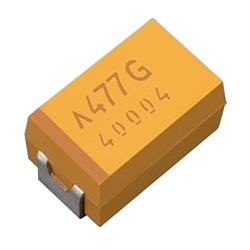
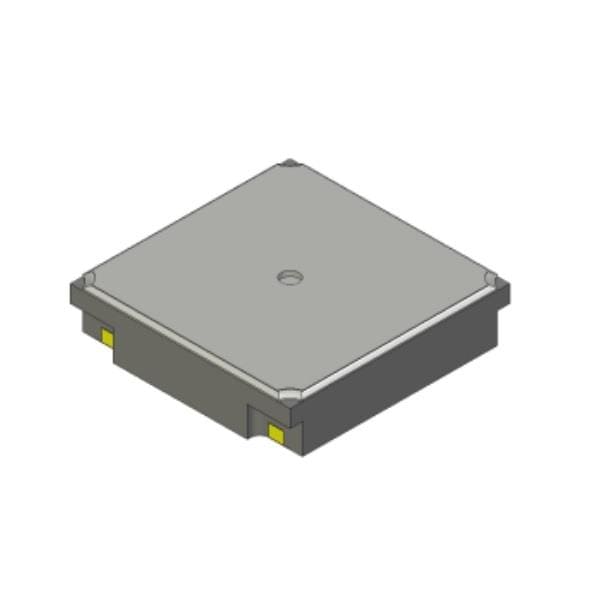
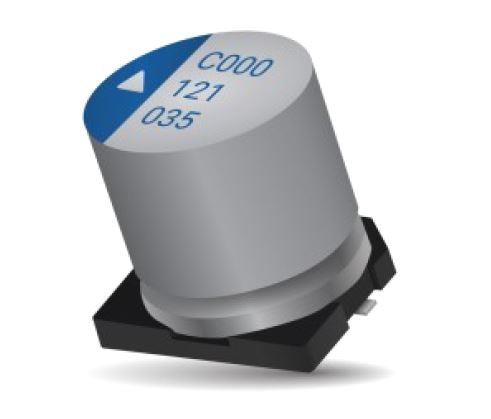
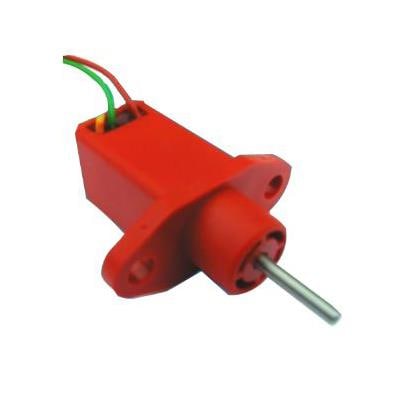
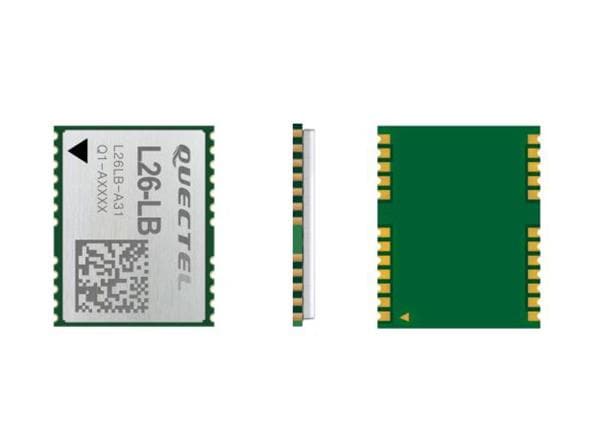
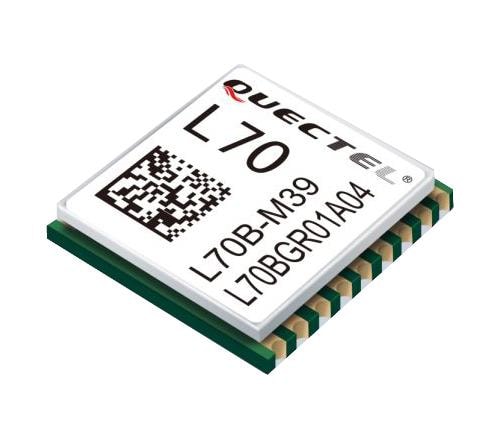
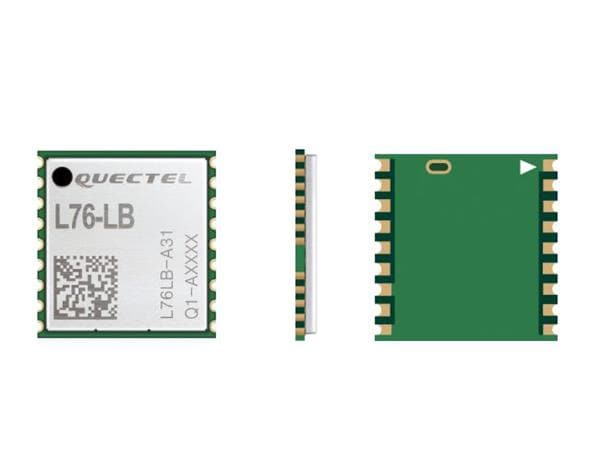
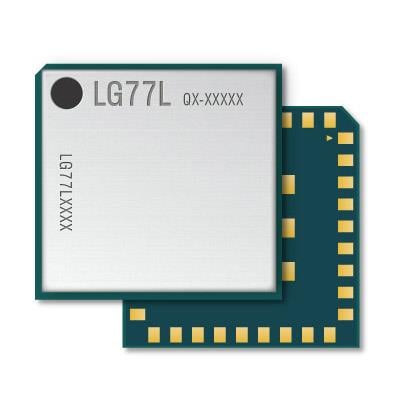
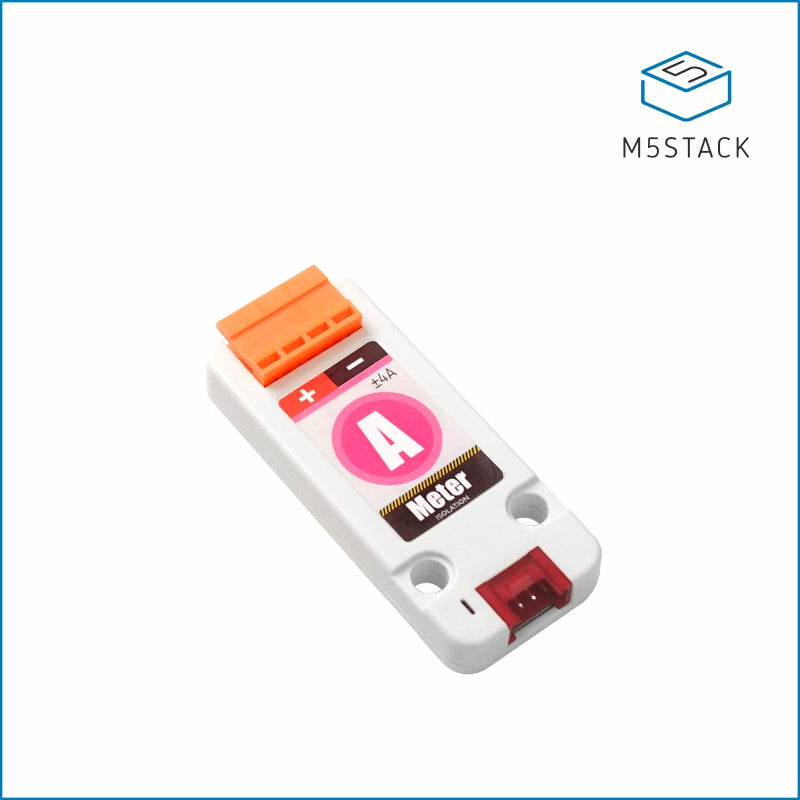
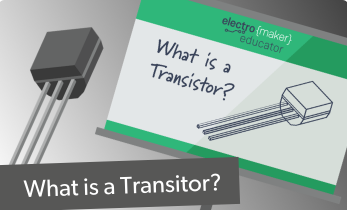
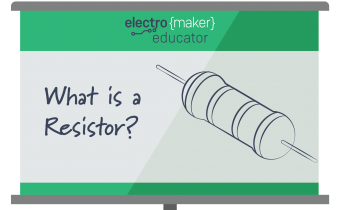

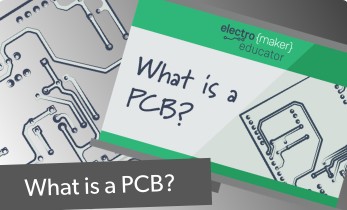
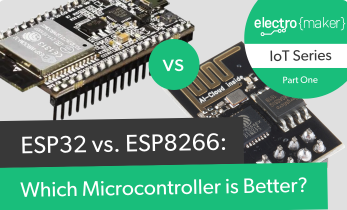




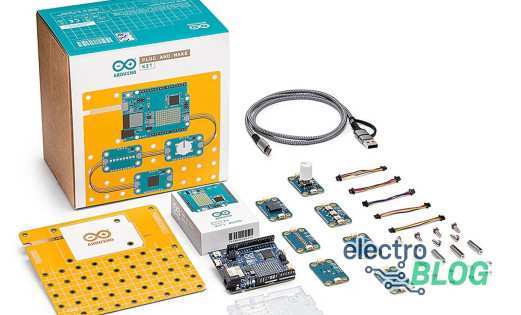




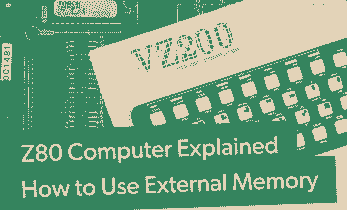

Leave your feedback...